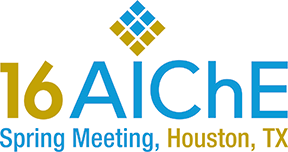

Increasing worldwide petrochemical demand and recent developing preference for processing abundant lighter, lower molecular weight feedstock in new as well as existing thermal cracking plants have combined to create a long term divergence between propylene supply and demand. In addition to production from cracking plants, propylene is a byproduct from petroleum refinery catalytic cracking and thermal coking units processing vacuum gas oil and vacuum residue respectively. Propylene can also be produced on purpose by catalytically dehydrogenating propane. Many new, on purpose propylene production facilities have been announced recently and several are nearing completion or are already operating. These plants tend to be located in the U.S. close to emerging, plentiful propane supply or in Asia close to propylene demand for polypropylene and derivative production. Rich propane to propylene margins prevalent when energy prices are high support the relatively high investment costs necessary for new on purpose plants. Since the second half of 2014, energy pricing and project economics have undergone a significant downward shift causing investors to rethink investment in new facilities and look at lower capital investment alternatives. This paper focuses on operating and design techniques for optimizing petroleum refinery yield, recovery and purification of propylene.
Presenter(s)
Language
Pricing
Individuals
| AIChE Member Credits | 0.5 |
| AIChE Pro Members | $19.00 |
| Fuels and Petrochemicals Division Members | Free |
| AIChE Graduate Student Members | Free |
| AIChE Undergraduate Student Members | Free |
| AIChE Explorer Members | $29.00 |
| Non-Members | $29.00 |
